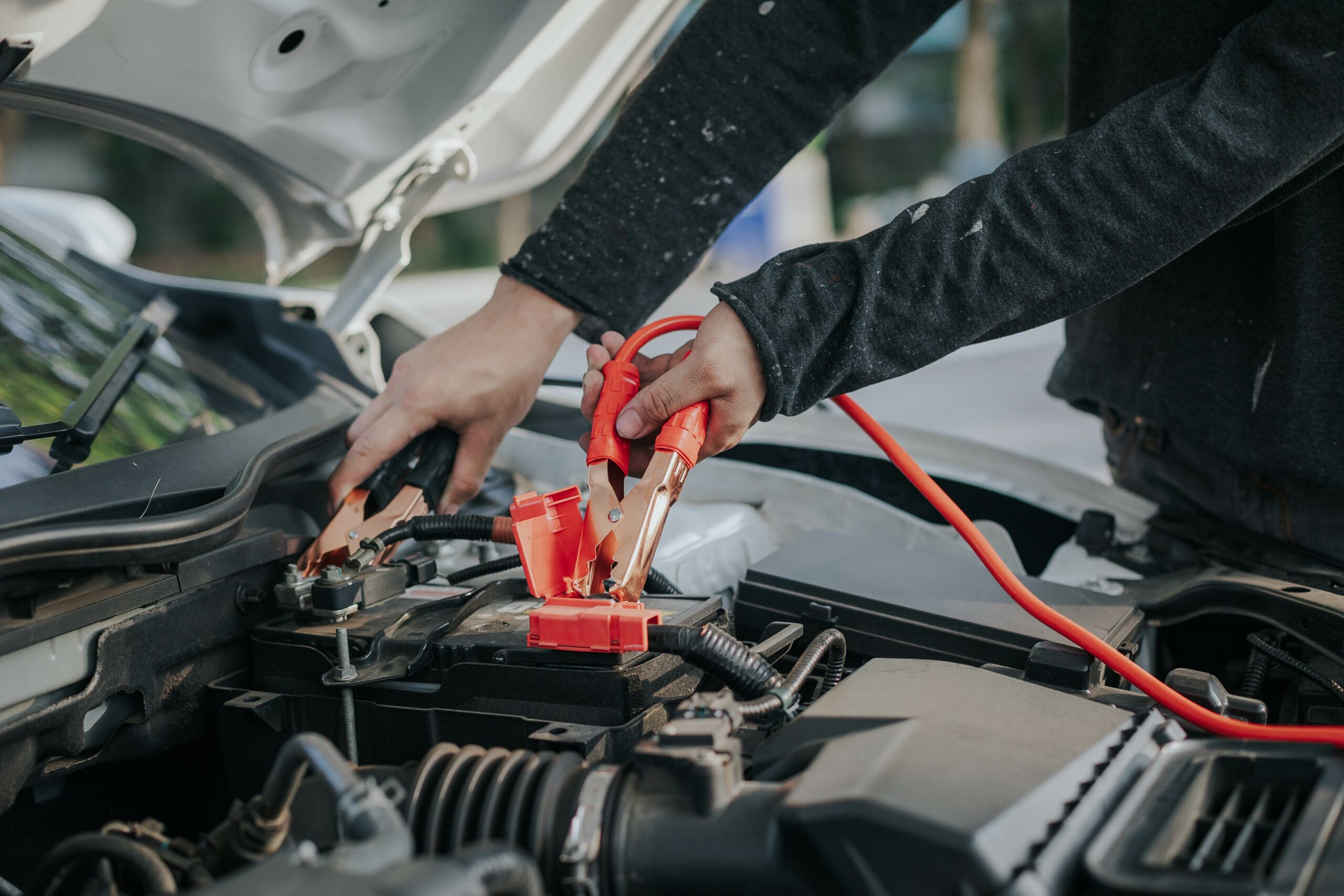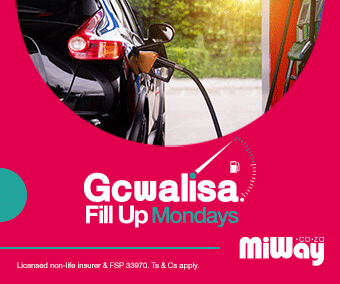Most drivers know that if you leave the lights on or play DJ for your friends at the dam for hours your car’s battery is going to go into deep snooze mode.
There are actually many other common causes of a flat battery, but luckily it’s quite easy to sort out – if you have jumper cables or some burly friends to give the car a push start.
However, if you ignore the niggly tell-tale signs of a ‘sick’ battery phoning a friend is probably not going to help. You’ll need to call in the experts, says Vishal Premlall, National Director of TEPA (Tyre, Equipment, Parts Association), a proud affiliate of the Retail Motor Industry Organisation (RMI).
He gives us the low-down on batteries; what types there are, how to tell if a problem’s brewing and what to look out for when buying a replacement battery.
Batteries are not one-size-fits all; there are various types and they need different care:
• Flooded Lead-Acid (conventional) batteries are the most common type found in older vehicles without start-stop systems. They need regular maintenance and typically last three to five years with proper care.
• Enhanced Flooded Batteries (EFB) are designed for vehicles with basic start-stop systems, providing more charge cycles than conventional lead-acid batteries. These are generally maintenance-free and can last up to six years.
• Absorbent Glass Mat (AGM) batteries are commonly found in vehicles with advanced start-stop systems and regenerative braking. They are more durable and resistant to vibration than traditional batteries, however, need special care if they are to last between the expected three and seven years.
When your battery’s on the fritz, there are warning signs:
• Slow engine crank
• Dim headlights and electrical issues
• Clicking sound when turning the key
• Frequent need for jump-starts
• Dashboard battery warning light
• Electrical component malfunctions, like electric windows, radio and air conditioning
• Swollen battery case
• Sulphur/rotten egg-like smell from the battery area
• Corroded battery terminals
Premlall advises that the most important things to keep an eye out for when buying a replacement battery are size, power rating, warranty and brand.
“Not all car batteries are created equal. Because it’s a ‘good deal’ doesn’t mean it’s a good battery. A ‘good deal’ can bite you in the pocket and cause unnecessary stress when your battery leaves you stranded and needs to be replaced far sooner than you thought,” he says.
“Also, it may sound simple but installing a battery isn’t a job for your friendly neighbour or work buddy who tinkers with engines now and then. Improper installation, such as reversing the positive and negative terminals, can cause electrical shorts, blow fuses or damage sensitive on-board electronics.
“Loose connections may lead to intermittent power loss, while overtightening battery clamps can crack the battery case, causing acid leaks. Using an incompatible battery type or one with the wrong voltage can strain the alternator and other electrical components, leading to premature failure.
“Quality is king when it comes to batteries, so get a battery that is reliable, powerful and built to last! And, have it professionally fitted at a reputable fitment centre where you are guaranteed proper and secure installation.”
TEPA advocates for the safe disposal of car batteries. All reputable fitment centres recycle batteries responsibly, so this is where to go with any old batteries or to do an exchange for a new battery.
“Car batteries contain hazardous chemicals, like lead and acid, which can pollute soil and water if not disposed of correctly. By choosing to exchange your old battery, you are contributing to a cleaner, greener future,” Premlall says.
Source Credit: First Battery Centre

























